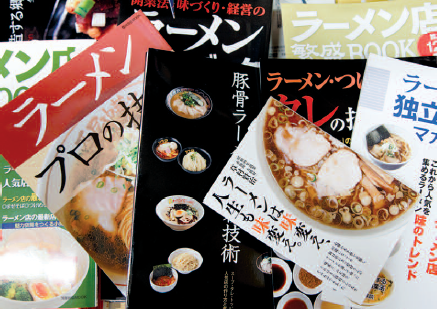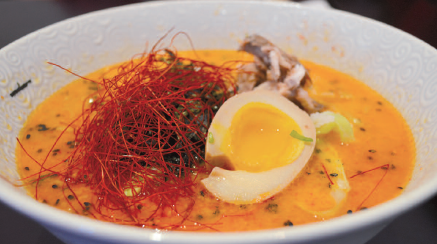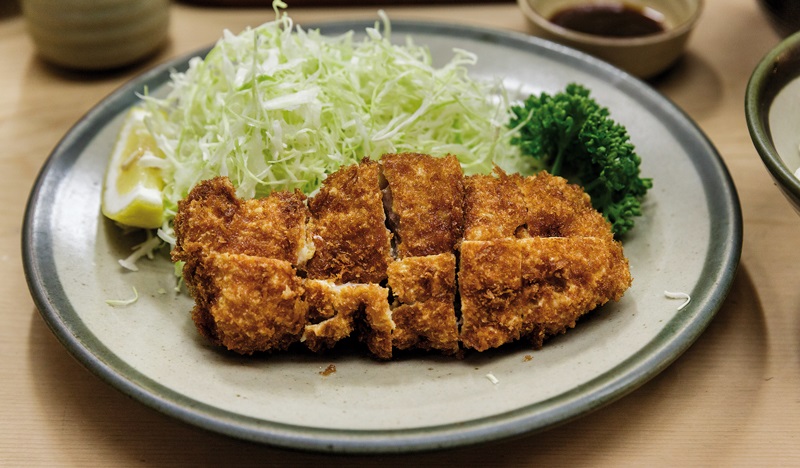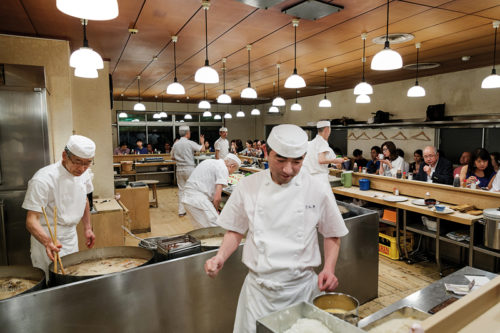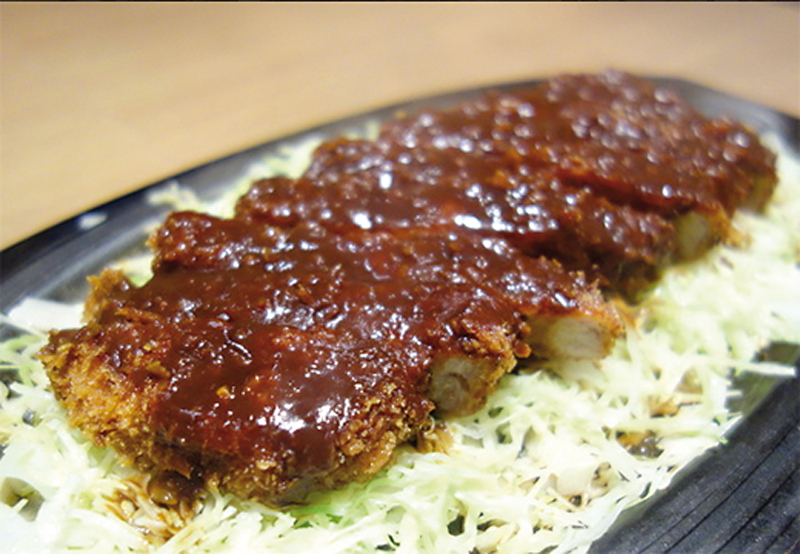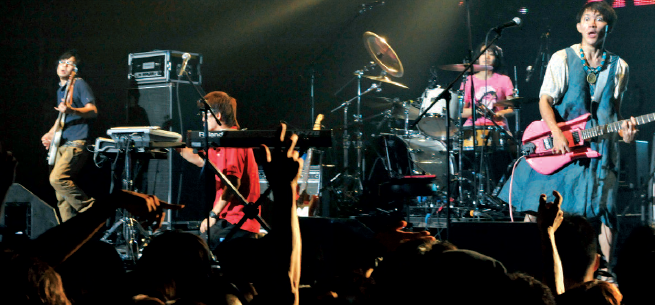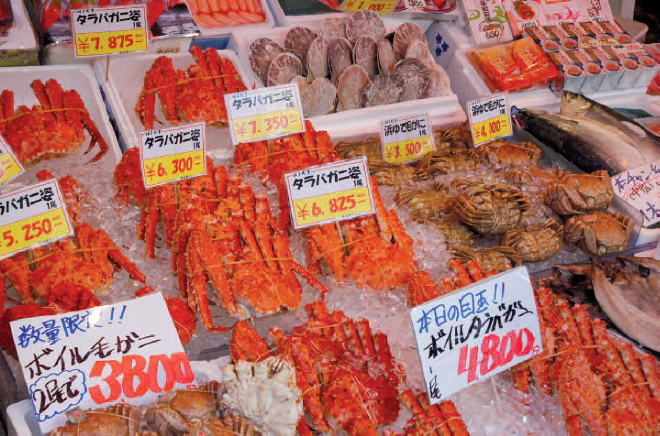
 Long considered to be rather an isolated region, the island was often ignored, but thanks to new rail links, it has become more accessible.
Long considered to be rather an isolated region, the island was often ignored, but thanks to new rail links, it has become more accessible.
Last April, the Japanese media gave a warm welcome to Michelin’s first guide to Hokkaido. After Tokyo and Kansai, this northern island has always been known for its high quality food. Four restaurants, including a sushi bar, were given three stars, the supreme reward in terms of worldwide gastronomic recognition. This recognition not only gave great satisfaction to the starred chefs themselves but also helped draw attention to what Hokkaido had to offer the rest of the Japan. For a number of years, the island did not have a very good image with its harsh, and in certain areas, hostile climate with snow, wind, and freezing cold, that made it difficult to convince Japanese living in the south that it was worth travelling there. As the Abashiri Prison Museum in the northeast if the island reminds us, Hokkaido was also the place where the most undesirable criminals used to be sent. It was a bit like Japan’s version of colonial Australia, but closer to hand. For many years it was somewhat complicated to travel there. You had to go to Aomori, at the northernmost tip of Honshu, the main island in the archipelago, and then get a ferry to Hakodate. In 1954 the Toya-maru ferry disaster that killed 1100 passengers and crew, encouraged the authorities to think of building a tunnel between Honshu and Hokkaido in order to open up the region. After a decade of studies, the digging started in 1964, and the Seikan tunnel was opened in 1988. 53 kilometres long, including 23 kilometres under the sea, it remains the longest tunnel in the world. As well as breaking records, it also greatly benefited Hokkaido, bringing it into closer contact with the rest of the archipelago. It is now very easy to travel there by train. The Shinkansen (high-speed train) will get you to Aomori in three hours, from where you can get the train to Hakodate. Now it is possible to travel to Hakodate from Tokyo in just over 5 hours. From 2035, when the high-speed trains from Hokkaido are due to come into use, Sapporo will only be 4 hours away from the capital of Japan. This rail revolution has completely changed the Japanese people’s relationship with Hokkaido. They have discovered its natural treasures and found out that snow is not the only thing going there. The beauty of the landscape attracts an increasing number of tourists who have also gradually learnt to appreciate the island’s cuisine. With its large variety of agricultural resources, the reputation of Hokkaidos wide selection of produce continues to grow throughout the country. Here are a few original examples to encourage you to travel there.
Odaira Namihei
Photo: Odaira Namihei


